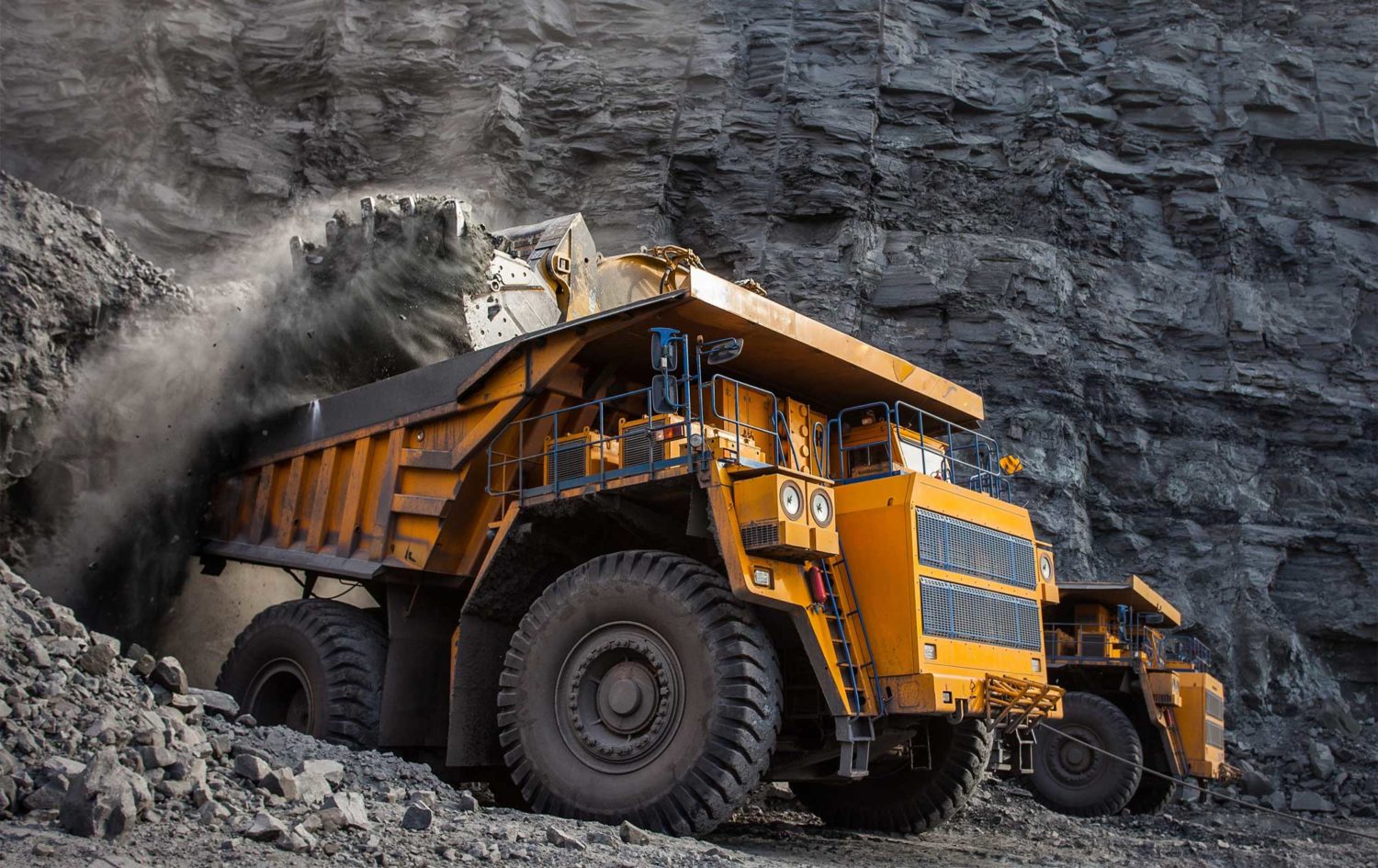BHP, Rio Tinto and Vale are calling innovators to develop new concepts for electrification of mine truck fleets to help the decarbonisation of the mining industry, Kallanish learns from the companies.
The three major global miners, together with Australia’s mining equipment, technology and services industry body Austmine, have launched the so-called Charge on Innovation Challenge – an international competition for technology development. The initiative seeks “multi-megawatt scale fast charging concepts capable of delivering around 400 kilowatt-hour to charge (and propel) a truck within the truck’s haul cycle – load, travel, dump, return and queue.”
The expression of interest process starts tomorrow (18 May) and candidates who make the shortlist will pitch their concepts later in the year. The competition should attract companies from a broad range of sectors including mining, automotive, aerospace, agriculture and defence “to deliver selected charging concepts to create a standard product that can interface with all trucks,” says Austmine ceo Christine Stewart.
Stationary charging systems currently available require substantial time to charge large trucks, which would result in “significant” productivity loss, the firms said. Large battery-electric haul trucks need an efficient charging system that will ensure safety, productivity and operational improvements, while cutting down emissions from surface mine operations.
“We understand that these challenges will not be solved overnight, but together we can find the best concepts that can be applied across the industry,” says BHP Minerals Australia’s president Edgar Basto.
Rio Tinto believes “innovation is key to decarbonisation,” while Vale highlights that mine electrification is an integrated job. “We need to develop new charging solutions that can be incorporated into our operations in parallel to the development of battery trucks, to ensure we create a truly sustainable electric haulage system in all aspects – clean, competitive and flexible,” says Vale’s ferrous engineering director Carlos Mello.
As part of attempts to reduce the mining footprint, Vale announced last week the world’s first large ore carrier equipped with rotor sails. The technology improves efficiency by up to 8%, reducing up to 3,400 tonnes/year of CO2 emissions. The 325,000-t Guaibamax vessel is a pilot that could open doors for at least 40% of Vale’s ship fleet to be converted.
Maritime transportation accounts for a major part of the mining industry’s carbon footprint, and according to BHP, Rio Tinto and Vale, “the mining industry needs to be at the forefront of tackling the climate challenge.”
Dan Hilliard USA






